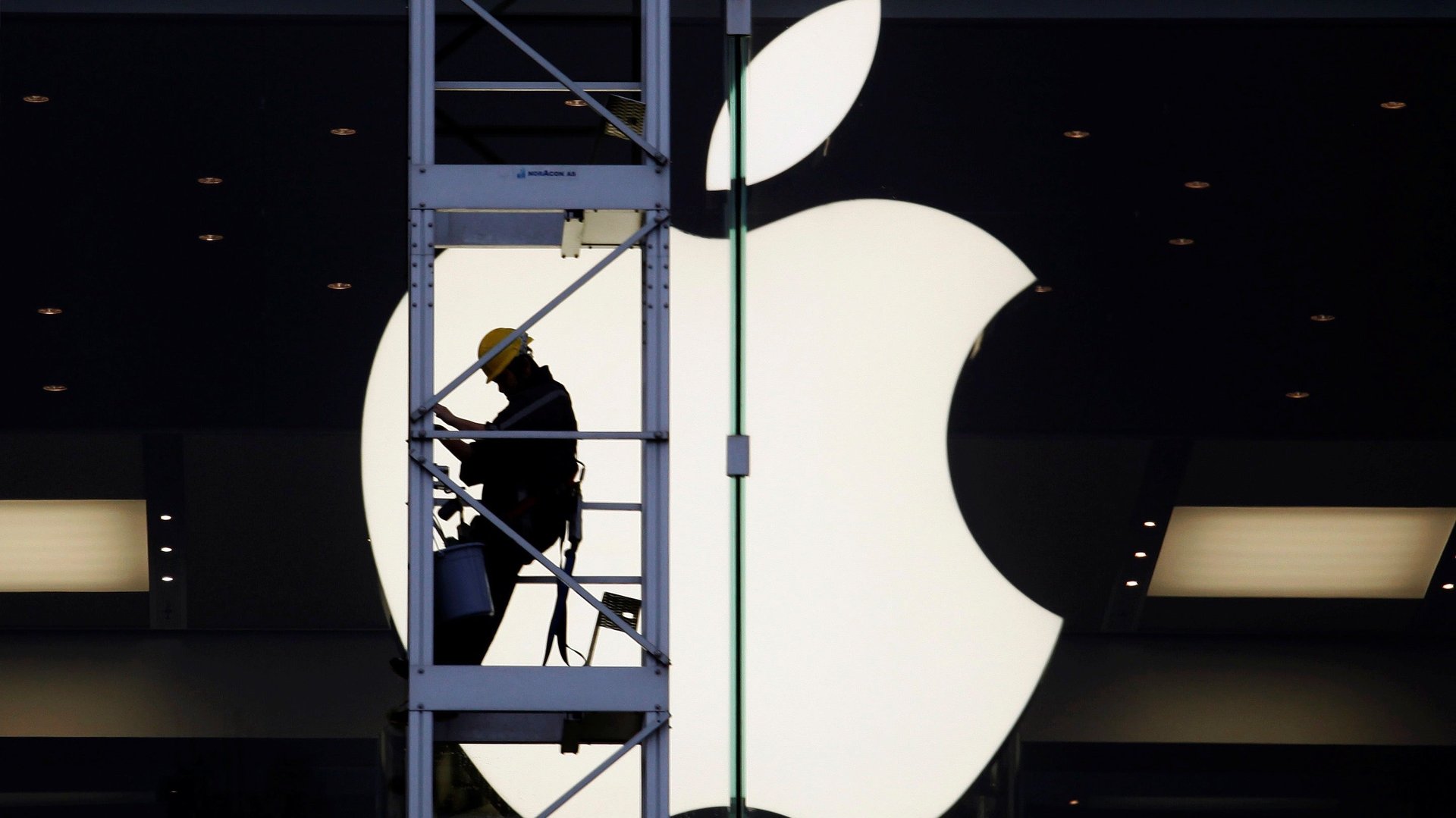Apple wants its devices to help tell your medical history, not just count steps
It’s becoming clear Apple believes its powerful personal computing devices could make it a big player in the medical and health fields. The latest sign: the iPhone maker acquired personal data health care startup Gliimpse earlier this year, Fast Company reported today.


It’s becoming clear Apple believes its powerful personal computing devices could make it a big player in the medical and health fields. The latest sign: the iPhone maker acquired personal data health care startup Gliimpse earlier this year, Fast Company reported today.
Gliimpse, founded by ex-Apple engineer Anil Sethi in 2013, lets users curate their medical records and other health information into a secure, life-long personal health story. Some parts are aggregated from existing medical portals and others, like personal wearable information, are added by users. People can then share this data bundle with doctors or medical researchers.
For over a year, Apple has been revealing heightened interest in the health care industry. In March 2015, the company released ResearchKit, an open source software framework designed to help doctors and scientists gather data from participants using iPhone apps. A year later, Apple launched CareKit, a similar platform that lets developers create personalized apps for things like taking medication or tracking physical therapy exercises. So far, the platforms have functioned separately. But, with the Gliimpse acquisition, Apple could cover personal and research-based needs under one umbrella, since users can store and divulge their medical history from one source.
“Apple buys smaller technology companies from time to time, and we generally do not discuss our purpose or plans,” an Apple spokesperson told Quartz.
While other players in the consumer health tech market, like Fitbit and Jawbone, focus on monitoring footsteps and heart rates, Apple’s devices—namely the iPhone and Apple Watch—can house a broad spectrum of apps tailored for various needs. For example, the company improved upon its original fitness app to include the ability to monitor reproductive health metrics like basal body temperature, ovulation test results, and sexual activity. Recently, a patent application indicated that the company may create a new kind of heart-monitoring wearable. Pharmaceutical giant GlaxoSmithKline also signed on last month to conduct a rheumatoid arthritis study through ResearchKit.
“What stands out about the deal is that Gliimpse is intended for patients with diseases like cancer and diabetes. Apple recently hired a top pediatric endocrinologist who developed a HealthKit app for teens with Type 1 diabetes, signaling an increased interest in applications for chronically ill users,” Fast Company notes.
Apple may well spend $10 billion on research and development this year—up 30% from 2015. But all this funding isn’t going toward products like the next-generation of iPhones and iPads. The company has alluded to a lot of behind-the-scenes work, which likely includes these health-related initiatives. During an earnings call last month, CEO Tim Cook explained the ballooning spending:
The products that are in R&D, there is quite a bit of investment in there for products and services that are not currently shifting or derivations of what is currently shipping. And so I don’t want to talk about the exact split of it. But you can look at the growth rate and conclude that there’s a lot of stuff that we’re doing beyond the current products.